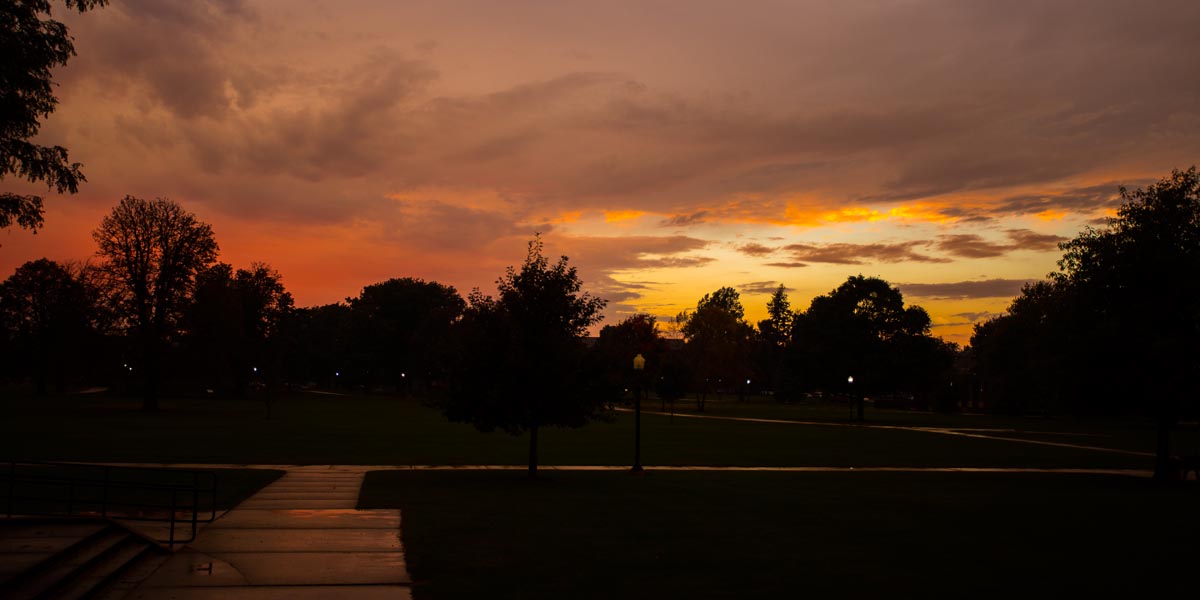

Venture Boldly

Teaching Well, with Technology
by Laura L. Behling, Vice President for Academic Affairs and Dean of the College
Illustrations by Cami Woodruff '10
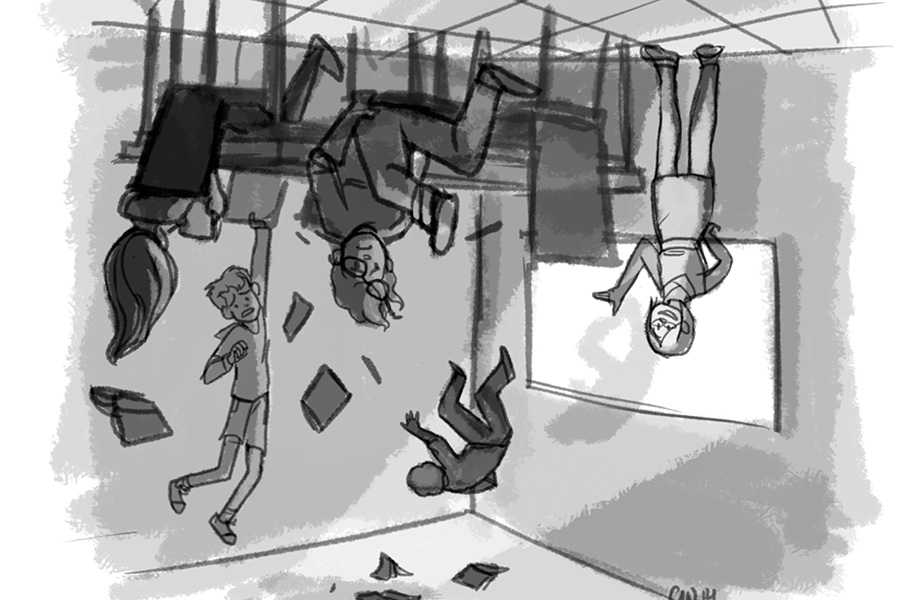 Technology is, and long has been, one tool that can be used to teach well. Take tablets. Historians have found evidence of mud writing tablets at use in schools in India in the 11th century. Or boards at the front of a classroom used to show all students the same materials. In 16th-century Europe, teachers were using large pieces of slate for music composition. Mass production of such screens started appearing in classrooms in the 19th century, when blackboards (first employed in the U.S. in 1801 at West Point) were hung on the walls. Meaning that, no matter our age, we’ve all gone to school using what is, arguably, the most important technological invention in education of its time.
Technology is, and long has been, one tool that can be used to teach well. Take tablets. Historians have found evidence of mud writing tablets at use in schools in India in the 11th century. Or boards at the front of a classroom used to show all students the same materials. In 16th-century Europe, teachers were using large pieces of slate for music composition. Mass production of such screens started appearing in classrooms in the 19th century, when blackboards (first employed in the U.S. in 1801 at West Point) were hung on the walls. Meaning that, no matter our age, we’ve all gone to school using what is, arguably, the most important technological invention in education of its time.
Today, we are beyond blackboards, exploring and employing 21st-century technological innovations in order to best work with our students, who come to Knox bringing with them all sorts of technical devices and skills. Although the number of computers students brought to campus this past year was about one per student, the number of networked devices—think smart phones, gaming systems, tablets that connect to the internet—was just shy of 3,000 total. We know our students text and tweet and set up social media pages that many of their faculty and staff (myself included) have never even heard of. We know they can communicate faster with their thumbs than some of us can typing with all of our fingers. And we know they come immersed in a culture so dependent upon technology— they’ve never lived without it, after all, as almost all of our current students were born in the mid-1990s— that it is nigh impossible to remove them from it, or to remove it from them.
Not that we’d want to. Just as the now humble blackboard revolutionized learning, so too, can the technology of our age. And so Knox faculty have welcomed the opportunities that technology offers for teaching and learning and have developed new pedagogies, projects, and ways of conducting a class that full-on embrace the fruits of the computer revolution. But our embrace of technology is not simply for the sake of change. Rather, our goal is to do what Knox faculty always have done— focus on their students’ learning, figure out what will best facilitate that, and then employ those tools in the classroom.
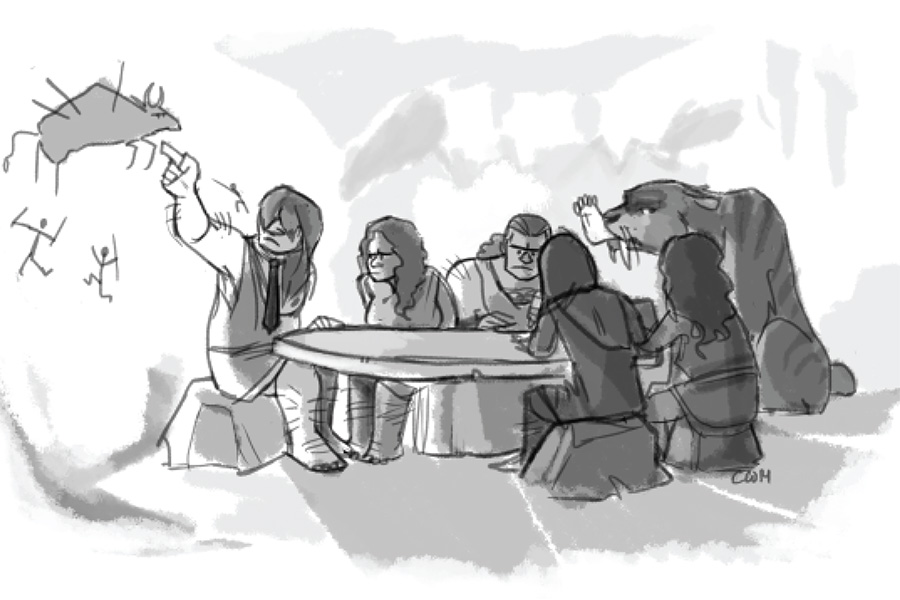
This past summer, 19 Knox faculty from across the campus participated in a workshop focusing on teaching in/with/around a world of technology. The workshop, directed by Michael Schneider, associate dean for faculty development, was funded by the Mellon Foundation as part of a $400,000 grant the College recently received. Some faculty had very particular ideas on how best to employ technology, while others had identified an area where they thought some technological tool could promote better student engagement and learning.
Todd Heidt (German) wanted to increase his “toolkit of communicative technologies to which students are attracted,” such as tweets, SMS (short message service), and blogs. His departmental colleague, Anne Steinberg (French) feels confident, given her uses of some technological tools already, that she can bring “new ways to use technology more efficiently and with a wider range of formats” to her classes.
Duane Oldfield (political science) is working on developing assignments for multimedia student presentations that can be shared prior to class as a way to maximize class time for discussion. Carissa Schoffner (business), who already uses technology in the form of online-based spreadsheets and short videos, wants to figure out how well it works.
Bruce Polay (music) is eager to “develop more familiarity and flexibility with using technology in the classroom,” a refrain many faculty expressed as all are challenged with keeping up with students who can be more technologically knowledgeable. Andy Hertel (psychology) agrees, saying his goal is to “understand how to use media and technology effectively both in and out of the classroom to enhance students’ engagement with the class.”
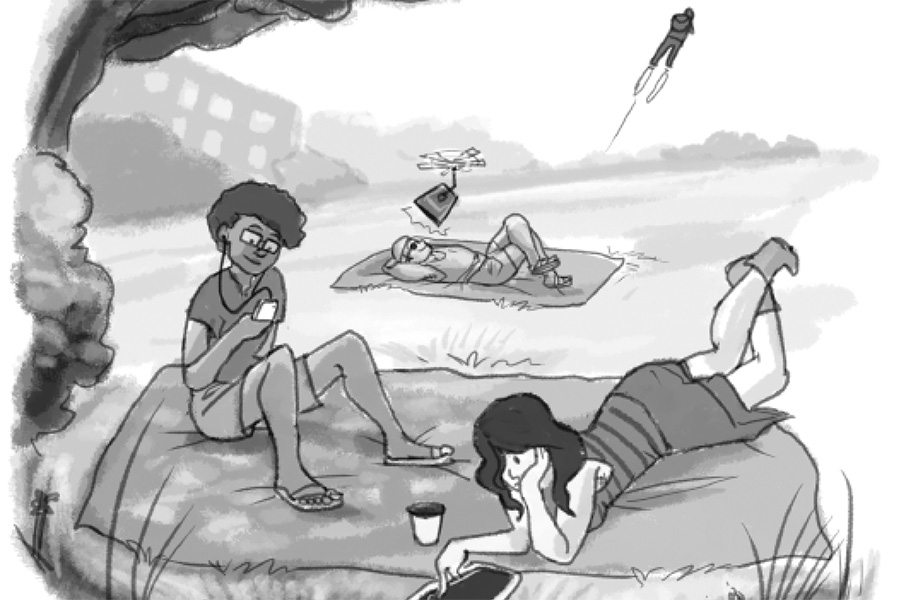
Language faculty Shuyan Shipplett (Chinese) and Sarah Scullin (classics) both want to figure out how to provide students with more practice of Chinese and Greek, respectively, and to keep language instruction energized throughout a term. Shipplett, for example, notes that she’s exploring popular apps to help students retain the Chinese characters they have learned.
Other faculty are exploring technological tools so as to create an online repository of class-specific materials. Jeff Douglas (Seymour Library) is particularly attuned to this area, as he works to ensure that instructional technologies, software, and databases continue to be supportive of teaching and learning. Kathleen Ridlon (dance) is creating an archive of dance performances; eventually, she’d like to add Knox student performances to the digital database.
The “flipped classroom” model pre-records the lecture and students are expected to watch the lecture outside of class time. When they come to class, time is spent with the faculty on discussion, problem-solving, collaborative work, and trouble-shooting areas of the material about which students had questions or needed additional help. Some faculty are interested in a fully flipped class. Gabrielle Raley (sociology) already has recorded some of her lectures in Introduction to Sociology but wants to better use lecture-capture software so that she can incorporate graphics into the recording. Jason Nethercut (classics) is working on flipping his classes in Mythology and Roman & Greek Art and Architecture, which would complement the ways he already is using social media. And Jim Dyer (journalism) and Mike Godsil (art and art history, journalism) are evaluating the relative effectiveness of flipped classrooms and instructional videos for technical training in reporting and photography courses.
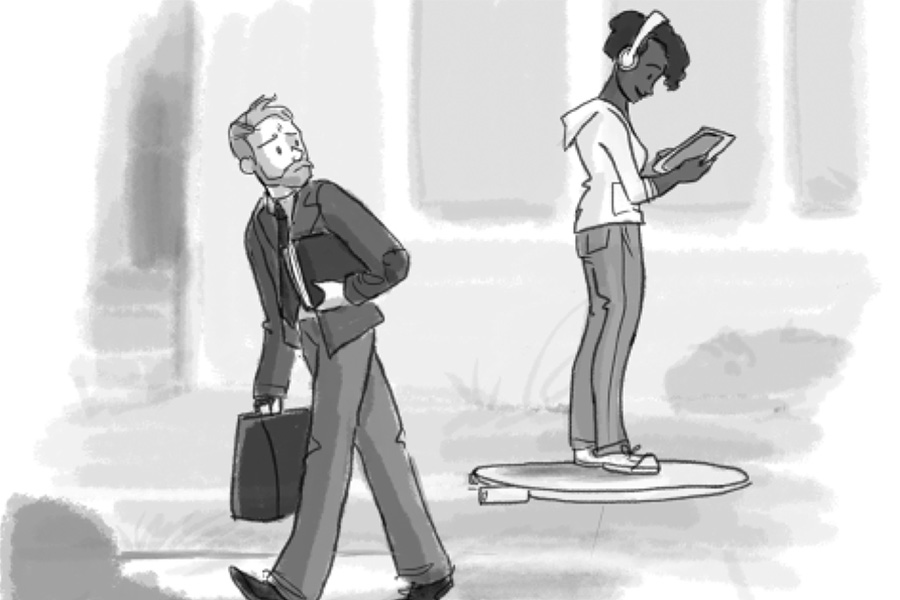
Others, such as Kevin Hastings (mathematics) would like to “move to a partial ‘flipped classroom” so that “more class time,” he notes, “could then be devoted to students doing small projects under my supervision.” Danielle Fatkin (history) is also moving toward using screen capture techniques for generating instructional modules on technical aspects of historical writing and archeological analysis.
Tim Stedman (art and art history) is interested in making the tutorials outside of class time in his design courses more effective. James Thrall (religious studies) admits the challenges so many faculty face, of “communicating a great amount of historical and other information in a short period of time.” His goal is to see what technological tools can be of most assistance in “encouraging student ownership of the learning process.”
As Cyn Kitchen (English) notes, “I find that more and more my classrooms are made up of students whose identities, social capabilities and challenges, learning styles, and lifestyles are vastly different than my own.” Technology “can only help me connect with my students on a level that is meaningful.”
Thanks to a major faculty development grant of $400,000 from The Andrew W. Mellon Foundation, Knox faculty members will have the opportunity to explore new methods and technologies for classroom teaching, as well as develop new interdisciplinary courses and collaborative programs for research and creative work outside of class. “Knox has a highly diverse and talented student body, and this grant will enable faculty to make use of innovative and effective teaching methods and technologies,” said Laura Behling, vice president for academic affairs and dean of the College. “The grant also builds on interests shown by Knox faculty and students in interdisciplinary collaborations and new directions in intellectual inquiry.”
“The Mellon Foundation has been very supportive of Knox, and this award further strengthens the commitment,” Behling said. “Knox faculty are engaged and innovative thinkers, about their teaching and their own scholarship, and this support will allow them to continue to advance their effectiveness in student learning.”
297
notable alumni
recognized for their lifetime achievements, generosity, and contributions to their communities